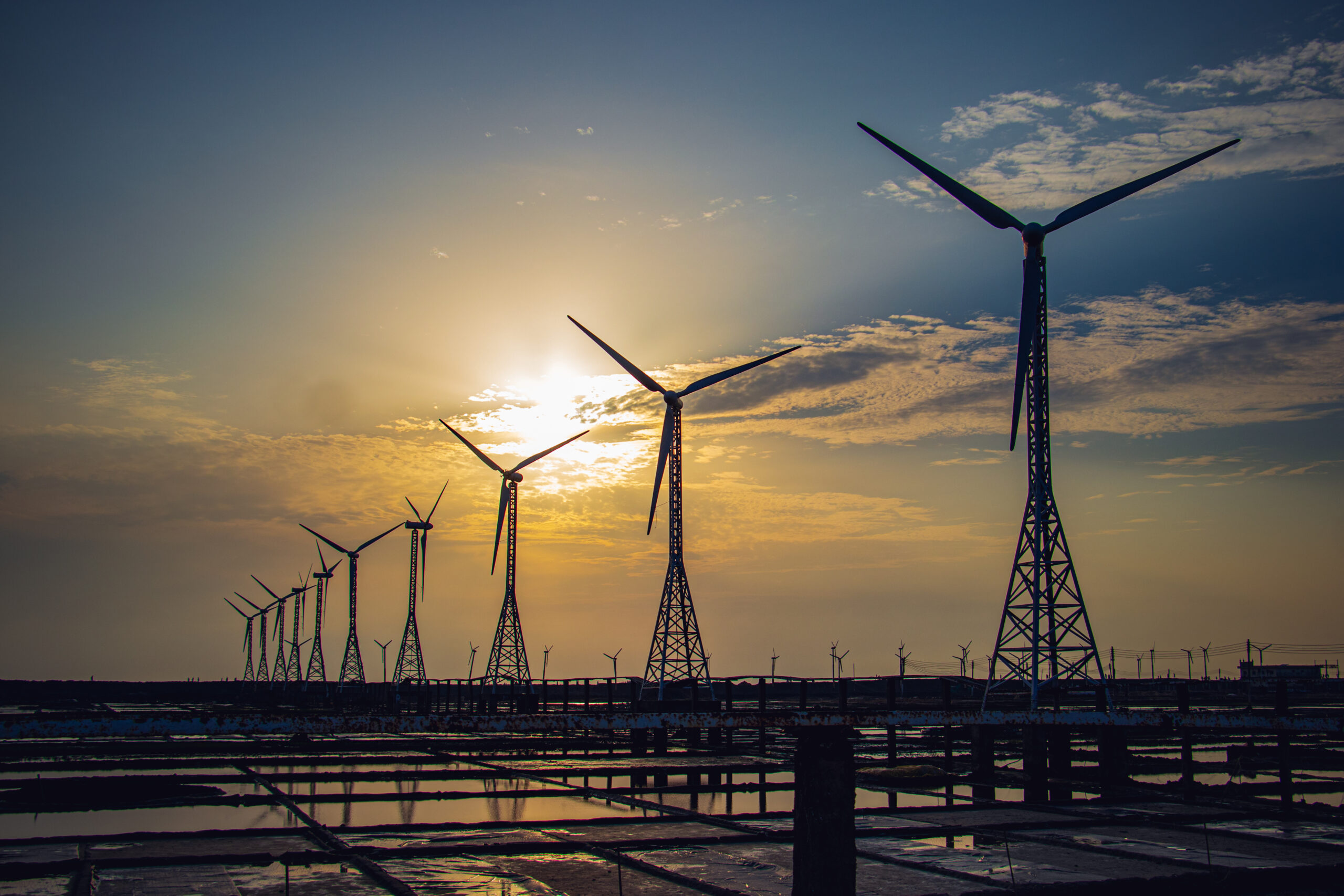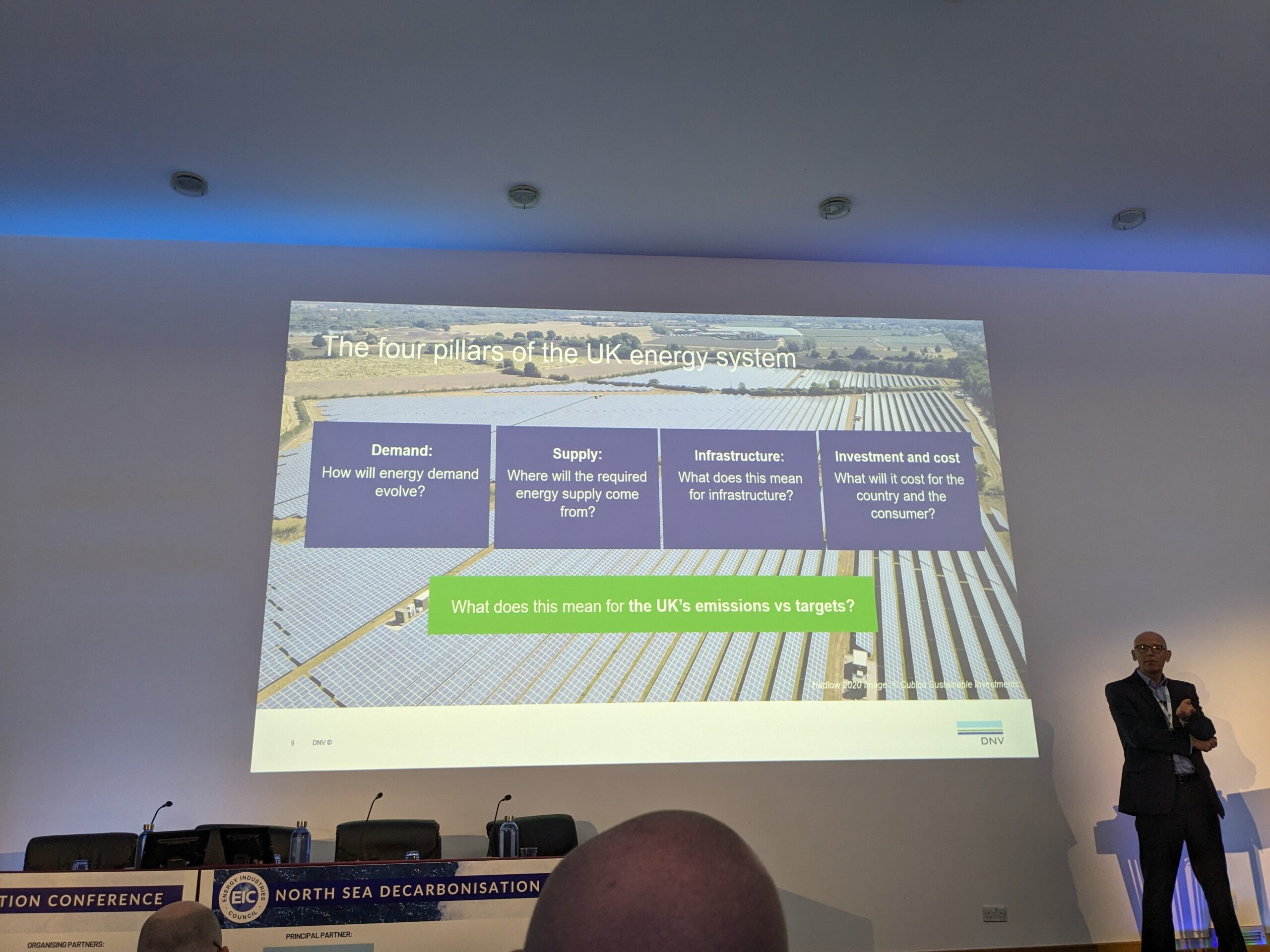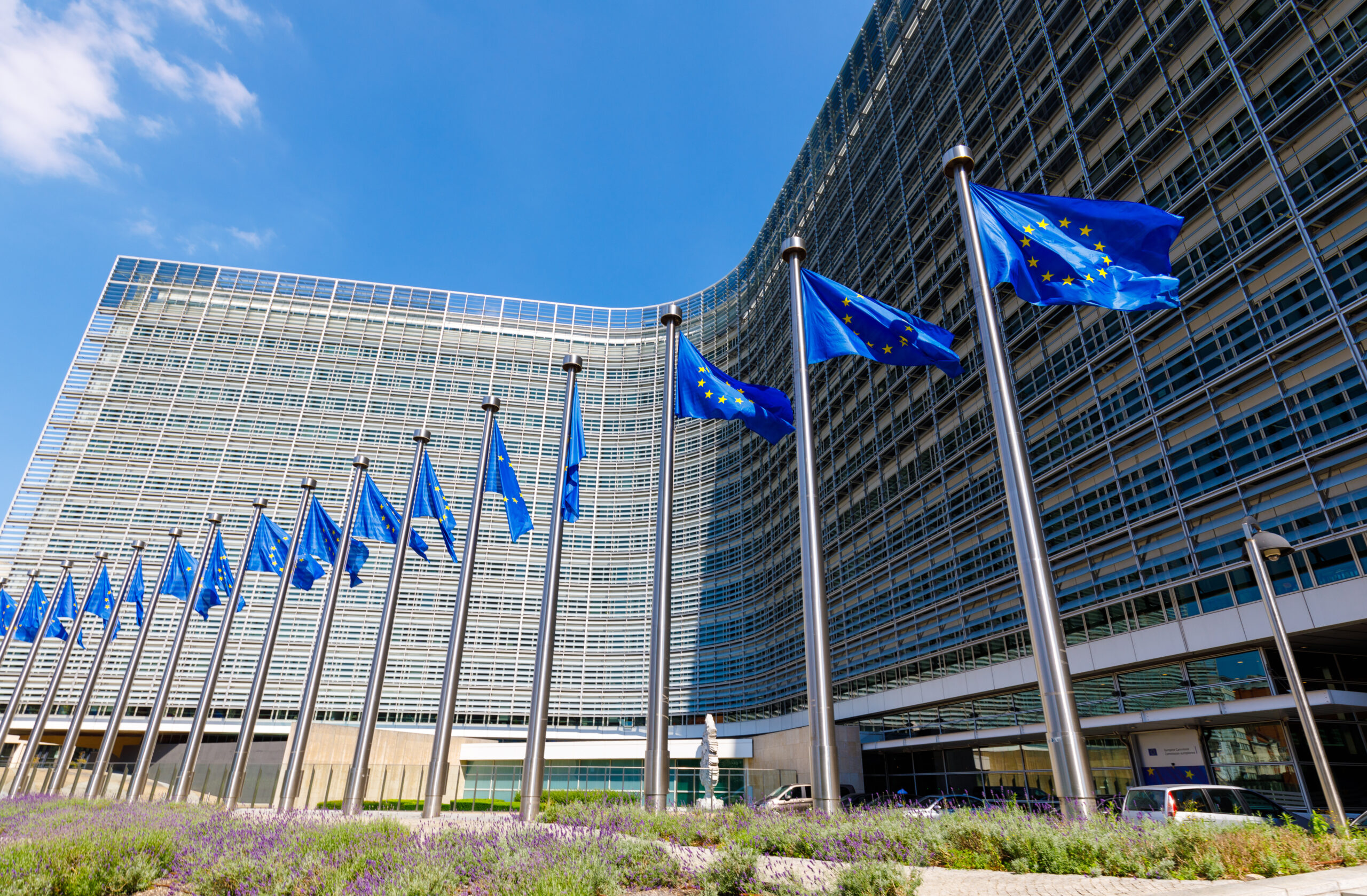Bangladesh wind power gets kickstart on fossil fuel struggle
Bangladesh’s wind sector is being jumpstarted in an effort to cut the country’s reliance on unpredictable imported fossil fuels.

Amid mounting struggles to source fossil fuels, the Bangladeshi wind sector is being activated to reduce the country’s dependence on imported fuels and meet the country’s mounting energy demand.
The South Asian country is all set to initiate commercial operation of its largest wind power plant to date – Cox’s Bazar 60 MW plant – in October.
This wind power plant is owned by US-DK Green Energy and 85 percent of the project’s works have already been completed, project director Mukit Alam Khan told Gas Outlook.
He said the power plant, located at Khurushkul in the far south-east of Bangladesh, near Cox’s Bazar beach, has already been synchronized with the national power grid and is currently supplying around 15-20 MW of electricity on test run.
Chinese State Power Investment Corporation and Wuling Power Corporation are investing around US$117 million in the project.
A total of 22 wind turbines, from China’s Envision-Energy, are built on 110-metre tall towers, to generate 3 MW each of electricity.
Wind speed of 3.0 metres/second is required for generating electricity from wind. Full capacity of a wind power plant can be utilised when the wind speed will be around 9.0 metre/second or above.
Average wind speed at the project site is around 5.5 metres/second and it drops slightly in winter.
State-run Bangladesh Power Development Board (BPDB) will purchase electricity from the wind plant at 9.95 U.S. cents/kWh for 18 years from the start date of its commercial operation.
Annual electricity generation from the power plant is expected at 145.70 million kWh, said the project director.
Power China Chengdu Engineering, China Hydropower Construction Group, International Engineering Co. Ltd and Fujian Electric Power Engineering Company are the engineering, procurement and construction (EPC) contractors of the project.
Other Bangladesh wind projects
Bangladesh’s total power generation capacity was around 21,710 MW at the end of 2022, according to official data. Around 51 percent of the country’s power capacity is natural gas-fired, while 27 percent is from HSFO, 6 percent from gasoil or diesel and only 2 percent from hydropower and solar, with another 5 percent imported from India. The share of wind energy is almost zero.
Under-trial Cox’s Bazar is, however, not the first wind-based power plant in Bangladesh.
The country built its first wind-based power plant near the dam along the River Muhuri in the Feni district of south-eastern Bangladesh 18 years ago, in 2005.
State-run BPDB constructed the 0.9 MW plant.
The same company built the country’s second 2.0 MW wind plant three years later on Kutubdia island in the Bay of Bengal in Cox’s Bazar district.
But both plants are now no longer operating due to a lack of supervision and interest from the power development board.
Apart from these three wind-based power plants, Bangladesh has been working to install around a dozen more wind-based power plants with a total generation capacity of around 1,000 MW, Power Division joint secretary Nirod C Mondol, who looks after renewable energy issues, told Gas Outlook. The power division is part of the Ministry of Power, Energy and Mineral Resources.
Three more wind power projects with a cumulative power generation capacity of 102 MW are under-construction in Sirajganj, Bagerhat, and Chuadanga districts, due to be completed by 2024.
The contractor selection process for a 50 MW wind project in Chandpur Sadar and a 30 MW plant in Feni are also in the pipeline.
Moreover, tariff negotiations are underway to build a 200 MW capacity wind plant at Chokoria in the Chattogram region, Mondol said.
The technical evaluation for building a 100 MW wind power plant at Bashkhali in Chattogram is underway and construction of another 100 MW plant in Patuakhali will be sent to the technical evaluation committee soon, the Power Division official added.
US-DK Green Energy (BD) Ltd also submitted a proposal to the Power Division for an extension of its power plant to double its capacity to 120 MW, he said.
Danish renewables investors
Most recently in July, a joint venture of two Danish renewable energy investor and developers — Copenhagen Infrastructure Partners (CIP) and Copenhagen Offshore Partners (COP) — also have submitted a US$1.3 billion investment proposal to develop a commercial wind-based project offshore the Bay of Bengal, Mondol said.
The initial aim of the project is to generate around 500 MW of electricity.
This offshore wind project in particular presents a unique opportunity for the country to maximise the utilisation of its coastal resources, supporting the development of the Blue Economy.
In early June, Bangladesh and Denmark approved a Joint Action Plan for the next five years under its ‘2022 Sustainable and Green Framework Engagement.’
During a recent visit to Dhaka by Dan Jørgensen, the Danish Minister for Development Cooperation and Global Climate Policy, a partnership was agreed in green and clean technologies and investment for sustainable development.
Once implemented, this offshore wind project will be the first of its kind in Bangladesh – and possibly South Asia — enabling a technology transfer that would accelerate the learning curve for this nascent industry and reduce barriers to entry for future projects.
The preliminary study findings suggest that hundreds of direct and indirect jobs could be created during the construction phase, in addition to dozens of permanent positions during the 30-year operational phase of the project.
CIP and COP have proposed Summit Group – a leading infrastructure operator and developer in South Asia and the largest independent power producer (IPP) in Bangladesh – to join its consortium.
Bangladesh wind potential
The U.S. Department of Energy’s National Renewable Energy Laboratory (NERL) conducted a study on Bangladeshi wind energy potential several years back.
Its 2018 study,“Assessing the Wind Energy Potential in Bangladesh: Enabling Wind Energy Development with Data Products,” said that Bangladesh’s wind energy potential is at least around 30,000 MW.
“Preliminary results demonstrate that for wind speeds of 5.75 to 7.75 meter per second (m/s), there are more than 20,000 square kilometers of land with a gross wind potential of over 30,000 MW,” the study, funded by the United States Agency for International Development, concluded.
The NERL study found that nine locations across the country had an average wind speed of 5 to 6 metres per second at a height of over 60 to 80 metres above ground level.
“We are now carrying out a feasibility study to build a number of new wind-based power projects on the basis of the NERL study,” the chairman of Bangladesh’s state-run Sustainable and Renewable Energy Development Authority told Gas Outlook.
The U.S.-based Institute for Energy Economics and Financial Analysis (IEEFA) calls for an urgent overhaul of Bangladesh’s power sector development with greater integration of renewable energy to enhance the country’s energy security.
The country should aim for renewables to make up 40 percent of its total power generation capacity by 2041, as per the target set by the government, Shafiqul Alam, an energy finance analyst at IEEFA told Gas Outlook.
“While once there was concern over the possibility of utilizing wind to generate energy in Bangladesh attributable to the perception that we don’t have sufficient wind speed, later on, studies substantiated that Bangladesh could take advantage of wind speed in the coastal belt,” he said.
“We are now concentrating on utilization of renewable energy,” the director general of state-run Power Cell Mohammad Hossain told Gas Outlook.
The Russian invasion of Ukraine has been an eyeopener, making us want to streamline local energy resources instead of depending on imports alone to meet the country’s energy demand, he said.
“The big thing is that renewable energy exploitation does not require any import of energy,” he said.
Bangladesh has been facing an acute dollar crisis since the beginning of the Russia-Ukraine war in February 2022 mostly due to its over-dependence on energy imports to meet domestic demand, he said.



